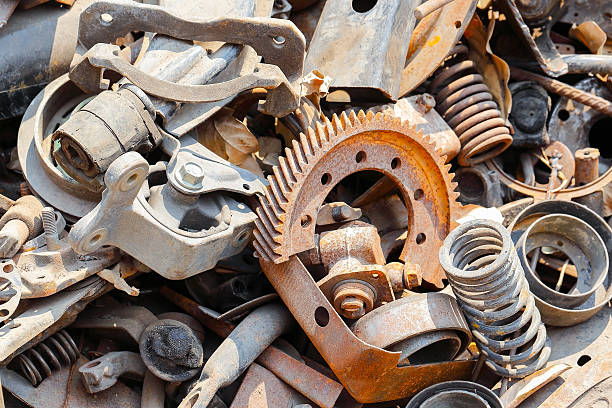How It Works with Scrap Metal and Alloys sorting and comtrol?

Our Suppliers team has more than 50 years of experience collectively sorting alloys and designing analyzers to sort alloys. So we threw away the uninspired conventional approach of the other X-ray brands. Instead, we asked, what’s the best way to measure aluminum alloys?
Handle your stainless, high temps and turnings and aluminum alloys with market-leading speed and precision.
If you examine the vast array of aluminum alloys, you realize that if you measure about 10 elements quickly, then you can reliably sort 95% or more of them accurately. These elements include Mg, Si, Al, Ti, V, Cr, Mn, Fe, Ni, Cu and Zn. A small number of aluminum alloys also require Zr, Pb, Bi, Sn or Ag. The “conventional” approach to aluminum alloys with X-ray is a “2-beam” test. After a few seconds in the first beam, the old school approach switched to a low voltage, higher current “beam 2” to measure Mg, Al and Si. The problem with this approach is that the X-ray gun isn’t optimized to quickly measure the 10 most important elements for aluminums first. Instead, a “one size fits all” approach for non-ferrous is employed, which required long test times (20 sec or more) to sort common aluminum alloys. 
Our Handheld XRF Aluminum App, takes a fresh approach. Instead, we start the test with an optimized X-ray tube setting of low voltage, high current. This setting optimizes performance for the “top 10 elements” Mg, Si, Al, Ti, V, Cr, Mn, Fe, Ni, Cu, Zn that allow practically every aluminum alloy to analyzed in 1-2 seconds.
We then added some “smarts” to the Aluminum App. The on-board library and software determine if a particular material might require an additional beam to also measure Zr, Pb, Bi, Sn and/or Ag. For an example, a 6000 series alloy that meets the specs of a 6061 but also contains Pb. The library logic recognizes this potential mix-up and requires the analyzer to automatically make the 2nd beam test. For a small percentage of materials, the testing time is 3-4 seconds rather than 1-2 seconds. 






